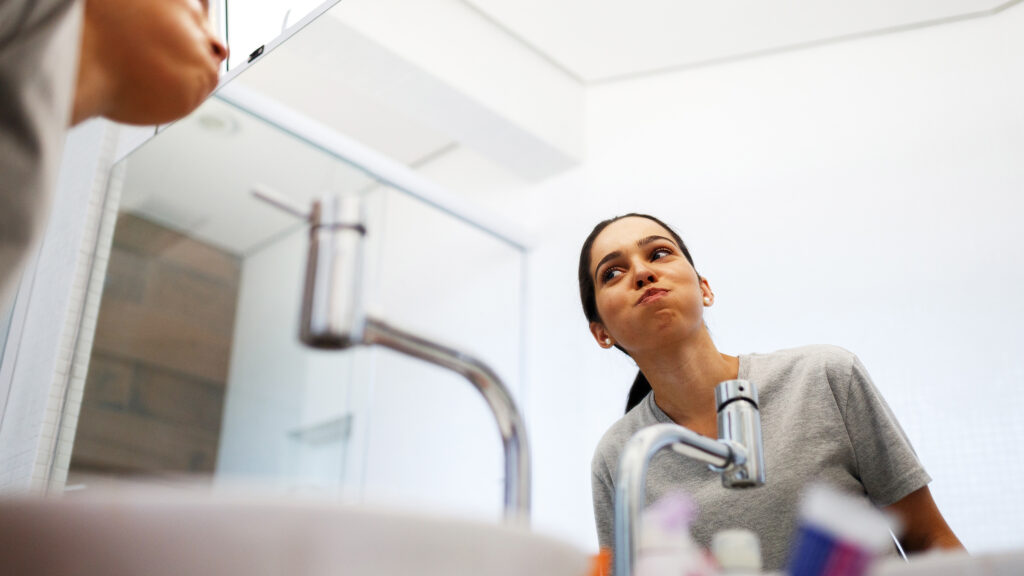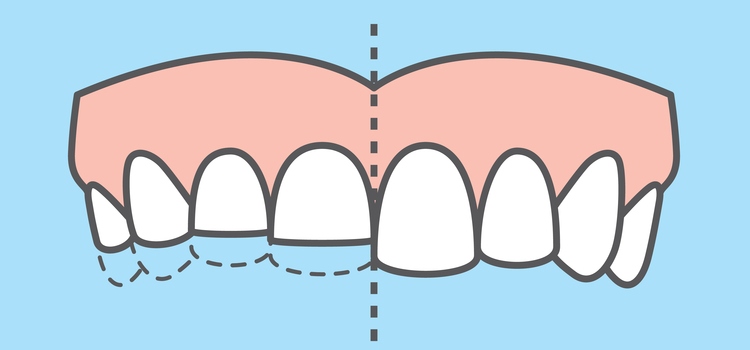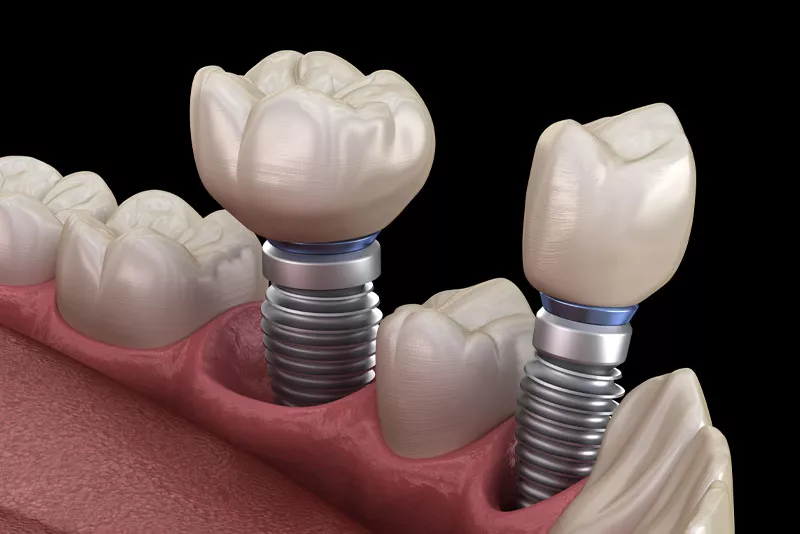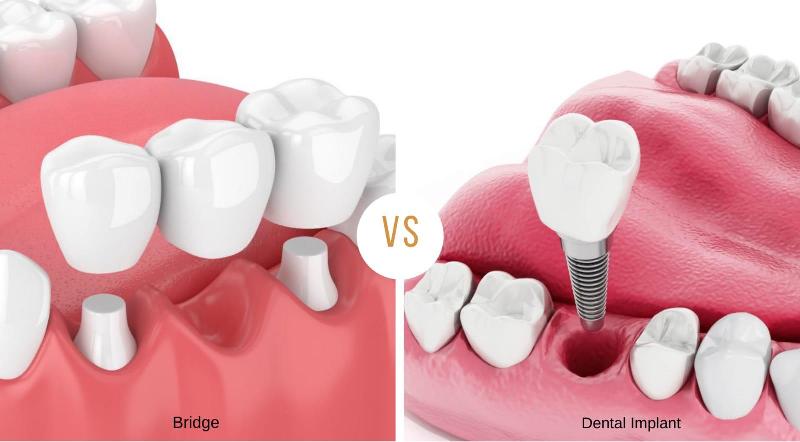Wisdom teeth removal is a rite of passage for many young adults, as the eruption of the wisdom teeth can cause numerous dental issues such as overcrowding and impaction. The surgical procedure is often done to alleviate pain, prevent future dental issues, or resolve infections.
After the extraction, stitches or sutures is often used to close the surgical incisions and aid healing of the wound. The post-surgery care plays an important role in a smooth recovery. However, you may have noticed that a stitch is loose or hanging out of your mouth. Should you be worried? What should you do about it?
In this article, we’ll talk about why stitches might hang out after getting your wisdom teeth removed and what steps you can take if this happens. So, if you’ve recently had your wisdom teeth removed and find yourself worrying about your stitches, read on!
Types of Surgical Stitches
The stitches, which are also called sutures, are a essential part of the recovery process. They help to keep the surgical site closed and minimize bleeding and swelling. However, not all stitches are created equal. There are primarily two types of stitches used in wisdom teeth removal: dissolvable (absorbable) and non-dissolvable (non-absorbable) stitches.
Each has its own set of advantages and disadvantages, and the type you’ll receive often depends on various factors like the location of the extraction and your surgeon’s preference.
Dissolvable Stitches
Dissolvable stitches are made from materials designed to break down naturally over time. Common materials include polyglycolic acid and polylactic acid.
These stitches usually disappear on their own, usually within one to two weeks. The biggest advantage of this is that no follow-up appointment is needed to remove the stitches. Also, as they dissolve naturally, the discomfort associated with manual removal is avoided.
However, they’re not perfect. Firstly, the dissolvable stitches may not be as strong as non-dissolvable stitches, which could be a big concern if the surgical site needs a more robust closure. Sometimes, dissolvable stitches can take longer to disappear than expected, and remnants may hang out or irritate the mouth. This can be inconvenient and may cause unnecessary anxiety to patients.
Non-Dissolvable Stitches
Non-dissolvable stitches, on the other hand, are made of materials that don’t break down naturally, like nylon. These stitches are very strong and secure, allowing the oral surgeon to get a strong closure for the surgical wound in a more complicated extraction.
The downside is that they need to be manually removed about 7 to 14 days after the wisdom teeth removal surgery. This meant extra inconvenience as you will need to make an appointment for stitch removal. Also, the manual removal can be an uncomfortable or painful process for some people if the stitches are very secure.
The Choice of Stitches
The choice between dissolvable and non-dissolvable stitches isn’t random. Your surgeon will consider several factors before making a decision.
If the wisdom teeth is determined to be difficult to be extracted, dissolvable stitches might be more practical to avoid the complexities of manual removal. Additionally, if you medical history has shown that you are allergic to certain material, an alternative material will be used instead. Last but not least, oral surgeons often have their own preferences based on their experience and the specific circumstances of the surgery.
Whether you have dissolvable stitches that should dissolve on their own or non-dissolvable stitches requiring manual removal, ensure that you are well-informed of the choice by your oral surgeon so that you can better manage your recovery.
You may be interested in: Why It’s OK To Be Scared of Dying During Wisdom Teeth Removal
Reasons Why Stitches Are Hanging Out
During the recovery process, you may have noticed that a stitch is hanging out. While it’s generally not a cause for panic, understanding why this happens can help ease your worries:
- Normal Healing Process. As your mouth starts to heal, the tissue around the surgical site may begin to shrink or tighten. This natural process can sometimes cause the stitches to loosen slightly, making them appear as if they’re hanging out.
- Poor Knotting of Stitches. During the surgery, if the stitches were not tied securely enough, they could become loose and start to hang out. This is relatively rare but could happen based on various factors such as the complexity of the surgery or even just human error.
- Physical Movement due to Disturbance. Activities like eating, brushing your teeth, or even talking can inadvertently tug the stitches, causing them to loosen and hang out.
- Tissue Rejection. In very rare cases, you might experience suture hypersensitivity where the body rejects the suture material due to an allergy, causing it to loosen and hang out. Other symptoms of it include swelling, redness, and even difficulty breathing or anaphylaxis.
While a hanging stitch is usually not a medical emergency, it’s always a good idea to consult with your oral surgeon or dentist to determine the best course of action for your specific situation
What to Do When Stitches Hangs Out
A loose or hanging suture is generally not a crisis situation, though it’s important to address it properly to ensure a smooth recovery. Here are the steps you should take in the event that a loose stitch is hanging out:
- Don’t Attempt to Cut or Pull Out the Stitches: Wisdom teeth stitches are meant to stay secured to the wound until it has healed sufficiently. Any attempts to pull out the stitches prematurely can affect the healing process and causing unintended complications.
- Check If Wound Is Affected: Use a mirror if the wound is opened, bleeding, or that there is signs of an infection like pus. When either of this situation occurs, immediately schedule an emergency appointment with your oral surgeon immediately to avoid any further complications.
- Contact Your Oral Surgeon: If you are still hesitant about the situation, contact your oral surgeon or dentist for advise. Describe the situation clearly so they can determine whether you need to come in for an emergency appointment or can wait for a scheduled follow-up.
- Keep the Area Clean: If the wound is not affected by the loose stitch, there is no major cause of concern. Continue to keep the area clean by rinsing it with water or an antiseptic mouthwash.
- Avoid Worsening the Situation: While eating or speaking, be careful not to further tug or pull on the loose stitch, as this could worsen the situation or lead to additional complications.
- Monitor for Signs of Infection: From now until your next appointment with your oral surgeon, keep an eye out for signs of infection, such as increased pain, swelling, or discharge from the surgical site. If any of these symptoms occur, seek medical advice immediately.
While a hanging stitch can be disconcerting, being informed and taking appropriate steps outlined above can help ensure that it doesn’t adversely affect your healing process.
You may be interested in: Does It Actually Hurt To Get a Tooth Pulled?
Closing Thoughts
Getting your wisdom teeth out is something many people go through. But what if you notice a stitch hanging loose afterward? Don’t worry too much; this isn’t usually a big emergency.
We talked about two kinds of stitches: some dissolve on their own, and some need to be taken out by a doctor. Each type has good and bad points. We also explained why a stitch might start hanging out. The key thing to remember are the necessary steps to check, monitor, and inform your surgical wound. Watch for signs of infection like pain or swelling, and inform your oral surgeon immediately if you notice anything like that.
Wisdom teeth removal is a significant step for many, and like any journey, it’s always easier when you know what to expect and how to handle the unexpected.






